Discover 11 hidden attractions, cool sights, and unusual things to do in Eisenach (Germany). Don't miss out on these must-see attractions: Bachhaus, Automobile Welt, and Lutherhaus Eisenach. Also, be sure to include Das verfluchte Jungfernloch in your itinerary.
Below, you can find the list of the most amazing places you should visit in Eisenach (Thuringia).
Table of Contents
Bachhaus

Museum in Eisenach, Germany. The Bach House in Eisenach, Thuringia, Germany, is a museum dedicated to the composer Johann Sebastian Bach who was born in the city. On its 600 m2 it displays around 250 original exhibits, among them a Bach music autograph. The core of the building complex is a half-timbered house, ca. 550 years old, which was mistakenly identified as Bach's birth house in the middle of the 19th century. In 1905, the Leipzig-based Neue Bachgesellschaft acquired the building. In 1907, it was opened as the first Bach museum.[1]
Address: Frauenplan 21, 99817 Eisenach
Automobile Welt
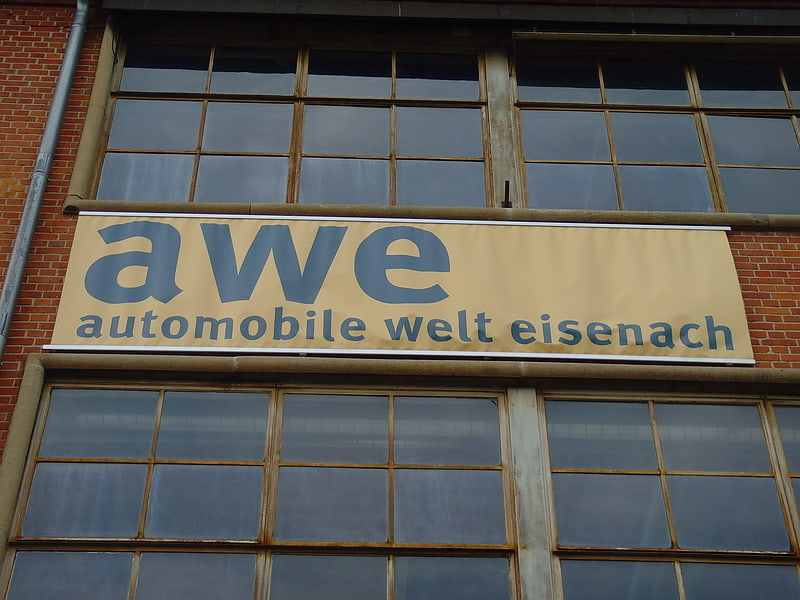
Automobile Welt Eisenach is a car museum located in the old East German town of Eisenach adjacent to the banks of the Hörsel river. It is situated on the old Automobilwerk Eisenach factory site, one of the world's oldest, and opened as a museum in 2005 utilising building O2 from 1936.[2]
Address: Friedrich-Naumann-Str. 10, 99817 Eisenach
Lutherhaus Eisenach
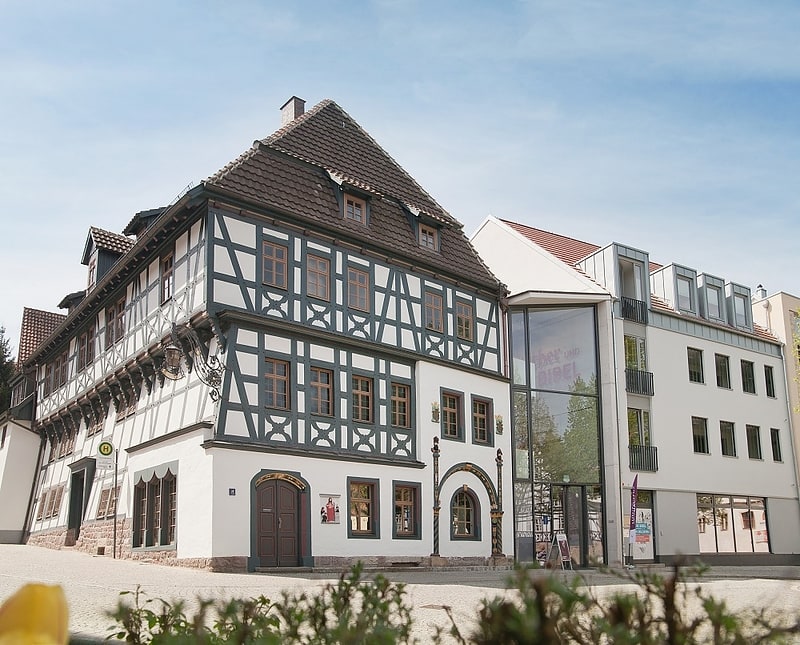
Museum in Eisenach, Germany. The Lutherhaus in Eisenach is one of the oldest surviving half-timbered houses in Thuringia. Tradition holds that Martin Luther lived there with the Cotta family during his schooldays from 1498 to 1501. The Lutherhaus has been one of the most important historic Reformation sites since the 19th century and, as such, was designated a "European cultural heritage site" in 2011. The Lutherhaus has been run as a cultural history museum since 1956.[3]
Address: Lutherplatz 8, 99817 Eisenach
Das verfluchte Jungfernloch
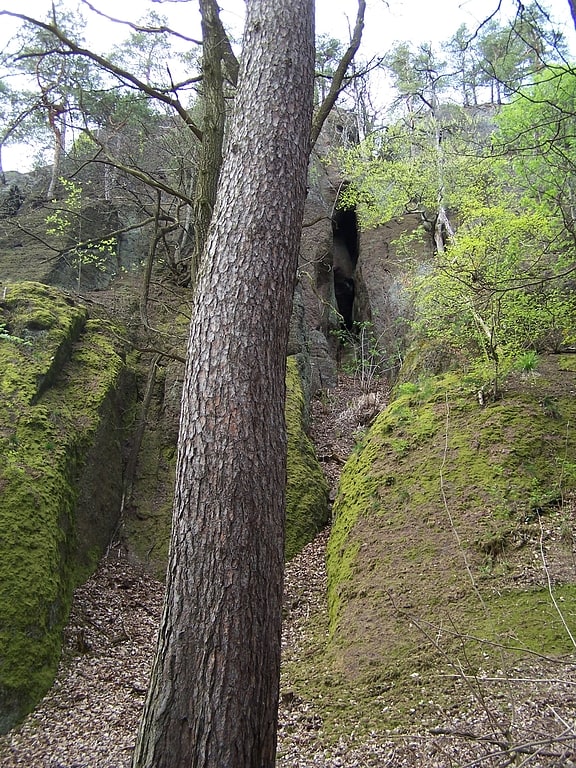
Das verfluchte Jungfernloch is a small rock cave on the eastern slope of a hill overlooking the Kälbergrund Valley in Eisenach, Germany, roughly 500m south of the Wartburg.
It is the subject of a legend first attested in an anonymous collection of Volkssagen (folktales) published in Eisenach in 1795 and later retold by Ludwig Bechstein among others. It tells of a fair maiden who never made it to church because she could never decide which one of her many fancy dresses to wear and was therefore cursed by her mother. Her ghost has been haunting the cave ever since, but she can only be seen every seven years, sitting at the cave's entrance and crying bitter tears as she combs her golden hair ("like the Lurlei on the Rhine").[4]
Eisenach Charterhouse

Also known as: Kartause Eisenach
Monastery. Eisenach Charterhouse is a former charterhouse, or Carthusian monastery, in Eisenach in Thüringia, Germany, founded in 1378 and suppressed in 1525.[5]
Stadtschloss Eisenach

Eisenach City Palace is a palace on the north side of the market square of the city of Eisenach in Thuringia. It was the residence of the Dukes of Saxe-Eisenach and later a residence of the Grand Dukes of Saxe-Weimar-Eisenach. Today it houses offices of the city administration, the Eisenach City Archives and, since 1931, the Thuringian Museum.
Address: Markt 24, Eisenach
Gedenkstätte Goldener Löwe

The Golden Lion Memorial commemorates the founding congress of the Social Democratic Workers' Party in Eisenach in 1869.
Since the SDAP gave rise to the Social Democratic Party of Germany (SPD), which still exists today, in the further historical development up to 1890, the Golden Lion is considered one of the authoritative sites in the early phase of the history of German Social Democracy.
Address: 57 Marienstraße, Eisenach
Georgenkirche

The Georgenkirche is the city and main church of Eisenach, centrally located in the southern area of the market. Martin Luther preached here during the Reformation, making it one of the oldest Protestant places of worship anywhere. Johann Sebastian Bach was baptized in it. It served as the court church for a time and was the Episcopal Church of the Evangelical Lutheran Church of Thuringia until the merger of the Protestant church provinces of Saxony and Thuringia to form the Evangelical Church in Central Germany on January 1, 2009.
Karthausgarten
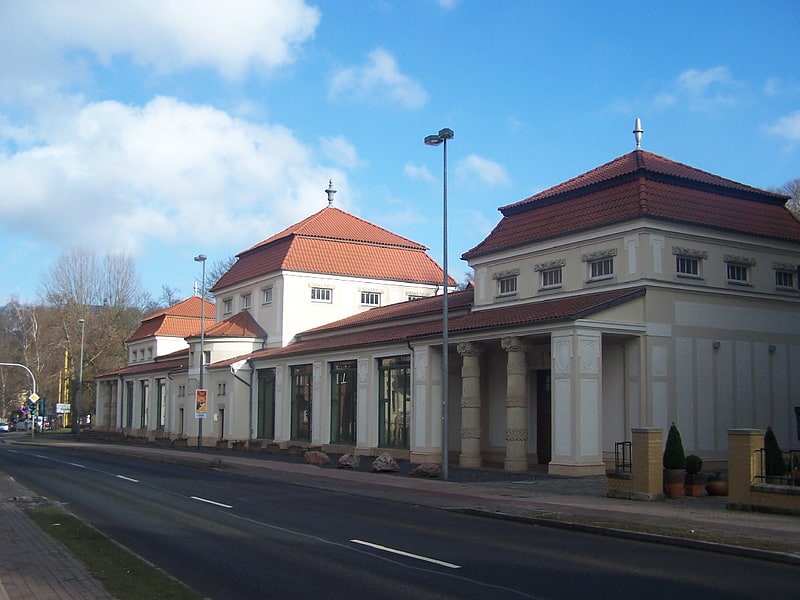
The Kartausgarten Eisenach is the oldest botanical garden in the Wartburg city of Eisenach and is now located in the listed villa area of the southern city.
Burschenschaftsdenkmal
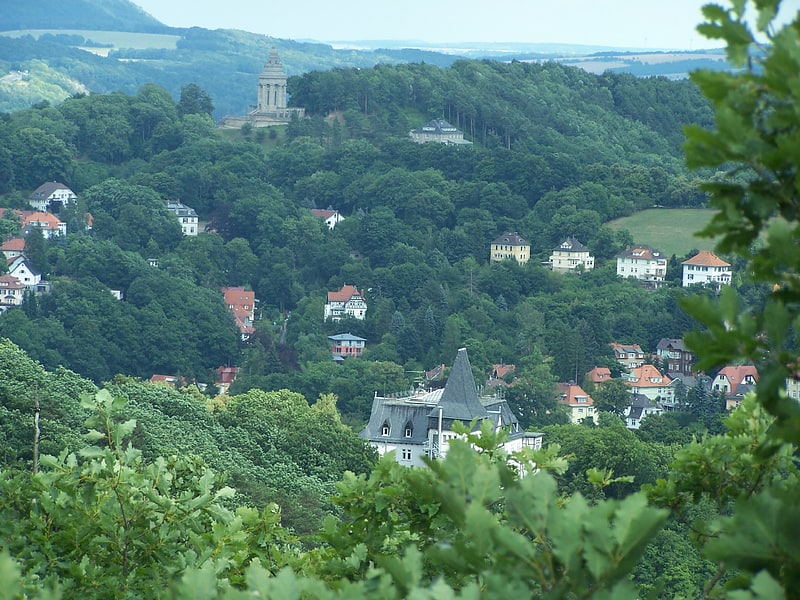
The fraternity monument in the south of Eisenach on the Göpelskuppe is the war memorial for the 87 fraternity members who died in the Franco-Prussian War of 1870/71. It was also erected in 1902 as a national monument of the German fraternity to commemorate the founding of the German Reich.
Address: An der Goepelskuppe 1, 99817 Eisenach
St. Elisabeth
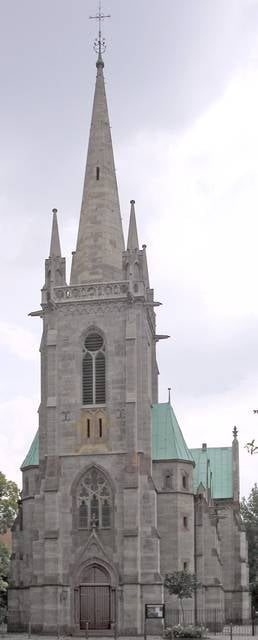
The church of St. Elisabeth is the Catholic parish church of Eisenach. It was built in the neo-Gothic style after the approval of the Grand Duke Carl Alexander in the years 1886 to 1888 according to the plans of the Kassel architect Hugo Schneider.
The church's patron saint is St. Elisabeth, Landgravine of Thuringia, whose life is closely connected with Eisenach and Wartburg Castle. The Elizabeth Church in Marburg - especially its tower shape - was the model for the much smaller Eisenach building.
In Eisenach, which belongs to the heartland of the Reformation, there had been no Catholics for over three centuries. It was not until around 1840 that a small congregation was formed through immigration, for which a small prayer hall was built on the site of today's Elisabeth Church and the first Holy Mass was celebrated on St. Elizabeth's Day, November 19, 1844.
Three decades later, the congregation had grown to such an extent that the church building could be planned. Approval was obtained from the Grand Duke Carl Alexander, who was tolerant in matters of faith, and from the state government; to finance this, a fund-raising campaign for the new church of St. Elisabeth in "their" town was initiated from 1882 onwards; it met with a great response, especially in the Catholic Fulda region. On September 8, 1888, the bishop of Fulda, Joseph Weyland, was able to consecrate the finished building.
During the Second World War, the original stained glass windows were destroyed, but the structure of the building remained intact.
After a first remodeling in 1965, an interior renovation was carried out in 1987/1988. An interior and exterior renovation took place from 2000 to 2002.
The Jehmlich organ from 1972 was renewed in 1996 by Bernhard Kutter.
The church of St. Elisabeth is the parish church of the parish of St. Elisabeth Eisenach with four church locations. The parish of Eisenach belongs to the deanery of Meiningen in the diocese of Erfurt.
Address: Alexanderstraße 45, Eisenach